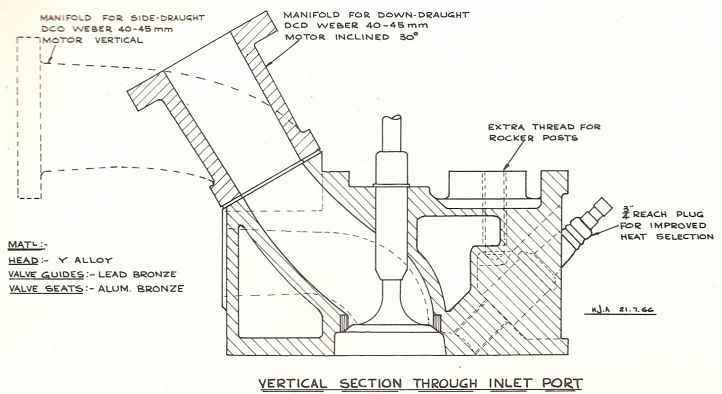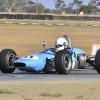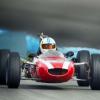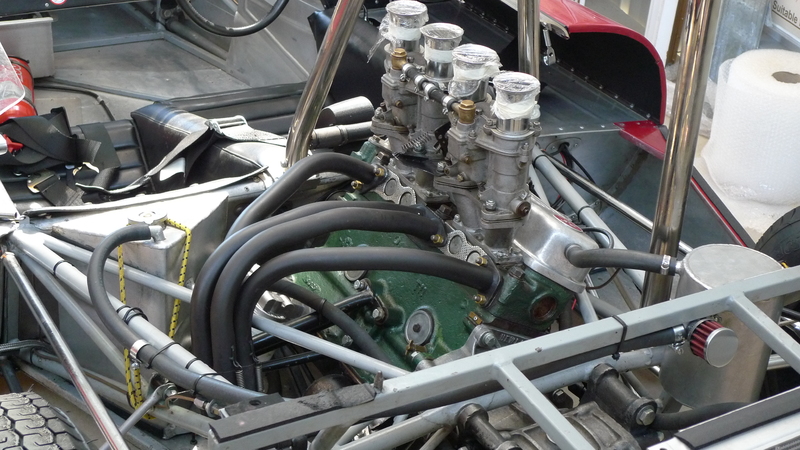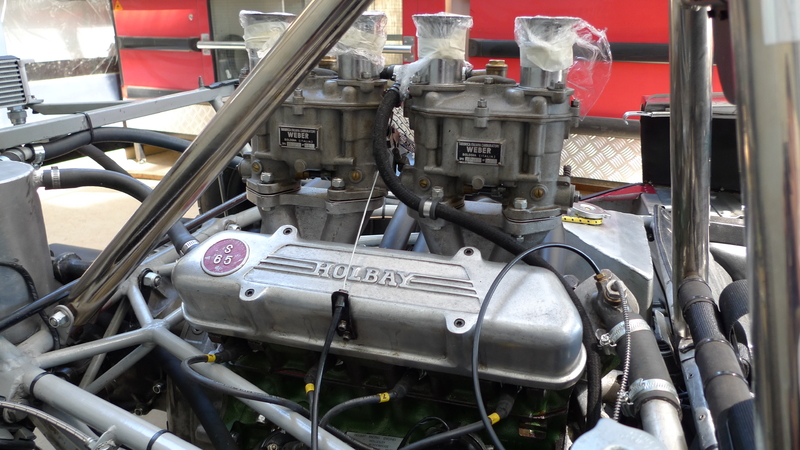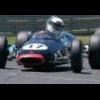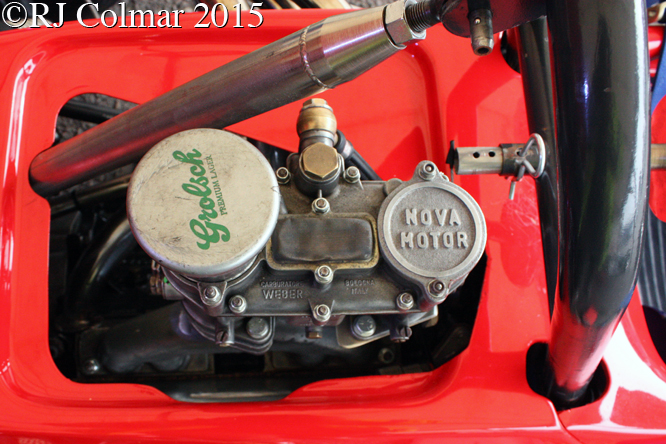[quote name='RJE' date='Sep 19 2010, 08:54' post='4597192']
I was always lead to understand that MAE stood for Modified 'A' Engine, as the 'A' referred to the particular series of Ford blocks, as in SCA(single cam A) BDA(belt driven A) FVA(four valve A) etc. and does DFV not stand for Double Valve V (as in V8)?
Hi. Wouldn't Double Valve V (as in V8) be written as DVV (not DFV)? Cosworth threw a bit of a curve in their engine designations when they produced the BDR engine - which possibly stood for belt driven road, but was originally produced by them as a kit of parts to fit onto a modified Crossflow block. Four different horse power versions of the BDR were offered, and mainly saw use in the road-going Caterham 7 for which it was primarily produced. The 'R' may also stand for 'Racing' but as far as the Cosworth literature is concerned, it seems to indicate that it was a kit intended for souping-up road going cars by the 'do-it-yourselfer'.
The 'Kent' Designation. According to Peter Wallage in his book "Ford's Kent Crossflow Engine", quote: "The Crossflow Kent engine, so named because the chief engine designer, Alan Worters, lived in Kent, was one of the most successful engines Ford ever made".
Paul Davies, one time editor of Cars and Car Conversions mentions in his book "Tuning Four Cylinder Fords" that "Despite its fairly obvious parentage the crossflow Ford engine has some very important differences in design from the earlier four-cylinder units. The engines were first introduced in late 1967 as the "Kent" series and although by no means unique, were a step forward in efficiency for mass-produced small British engines" (note: the actual introduction date quoted elswhere in this same book is September 1967). Further information in a couple of other books confirms that the "Kent" designation properly belongs to the Crossflow engines only, and not the pre-crossflow 5 bearing engines or the earlier 3 bearing engines, although most Ford enthusiasts/correspondents/magazine contributors refer to the entire range of OHV 4 cylinder in-line engines as "Kent" (note: the Pinto OHC and CVH are a crossflow design, but are not 'Kent' engines). Unless a Ford expert can advise otherwise, all the literature I have shows that the Crossflow engine was predominantly built in Dagenham, Essex. I do know that a plant in South Africa was producing 711M blocks and engine parts until a few years ago, and many Crossflow engines - up-rated and pre-uprated - were installed in small earth movers ('bob-cats' in North America) and used as pump engines in the oil patch in Canada (I obtained my 711M engine in pretty good condition for the equivalent of £10.00 from an auction of used oil company equipment!).
Regarding Holbay numbering mentioned in one of the posts (how the R65 engine got its designation). Holbay seemed to use the R and number designation to describe the b.h.p. output of engines - thus the R120 1600 c.c. Crossflow engine fitted to the Lotus 7 S was alleged to provide 120 b.h.p. Similarly the R90 camshaft was said to give 90 b.h.p. in an otherwise standard unmodified Crossflow engine etc. Admittedly Holbay also used numbers only to designate various camshafts: M55, BTX, K3A 658, 700 and 747. However the R65 designation for the 997 c.c. race tuned Holbay engine may not indicate b.h.p. (unless an owner/tuner knows otherwise) as the standard 105E 997 c.c. road engine was said to give 39 b.h.p., and possibly (probably?) the R65 generated much more b.h.p. than this? Holbay's part numbers were predominantly the letter 'K' followed by numbers, or just numbers in some cases (no 'R' used). Trust that this information is of some use.
Edited by Spaceframe7, 22 February 2011 - 21:05.
